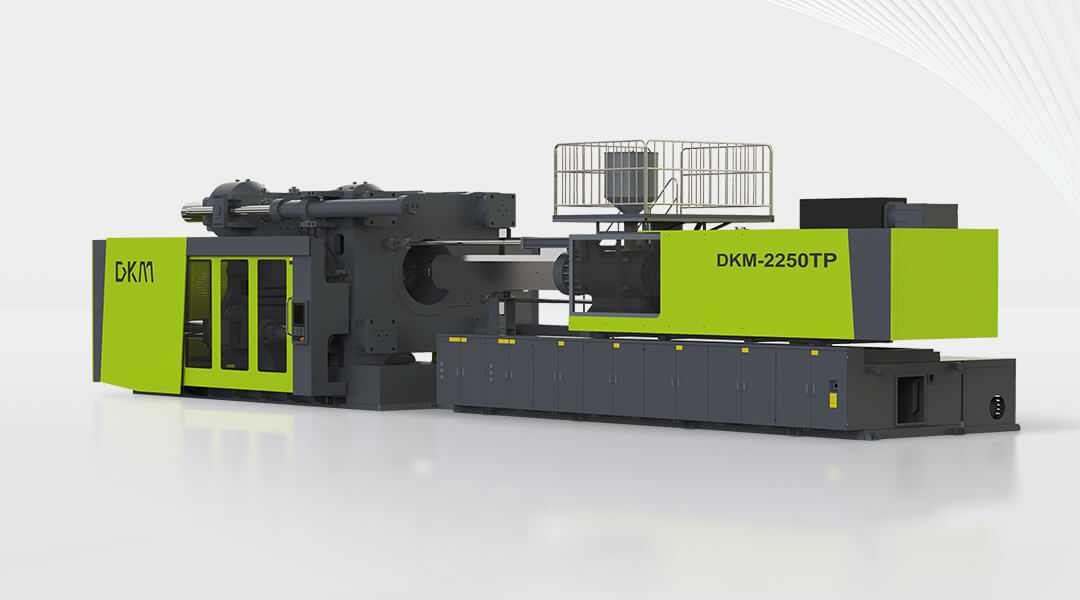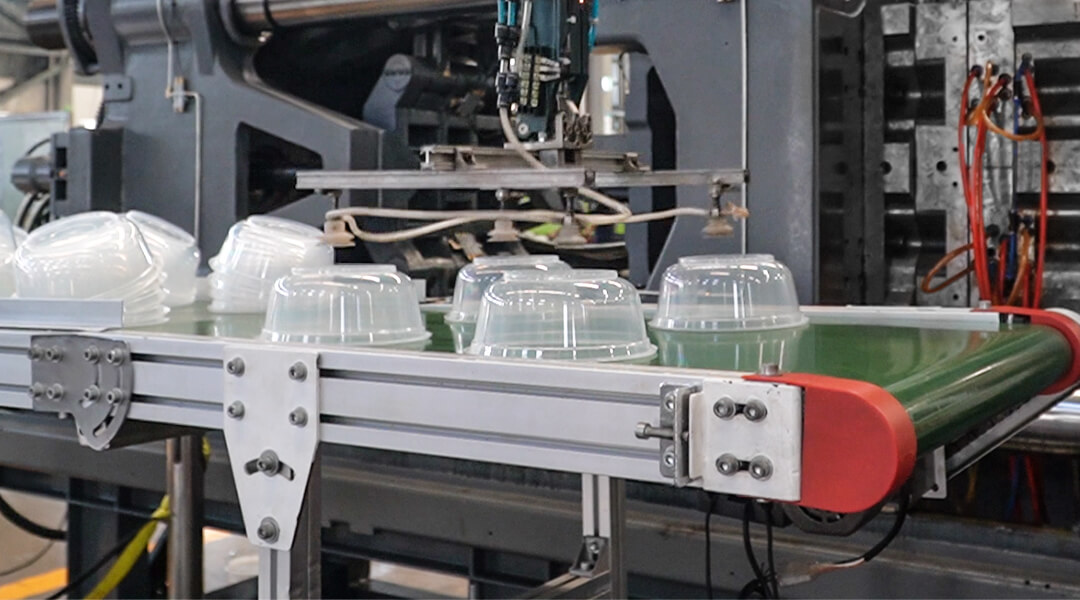

Automation in injection molding therefore refers to the actual application and incorporation of robots and some other automatic equipment in various aspects of production of plastic items by injection molding process. The injection moldings mechanically reduces the time taken in molding and also the chances of making a blunder. The automated injection molding production process also increases the efficiency and accuracy of the molded objects and the injection molding plastic parts.
It is, therefore, clear that minimizing manufacturing costs is a major goal of any manufacturing company, through efficiency, of which automation is very vital. When automation solutions are performed for injection molding, the companies decrease the probability of defects and enhance the quality of the plastics. From the automated system, the rate of production is enhanced while minimizing the number of hours machines such as plastic injection molding machines are idle. The use of robots in the molding process of plastics specifically in the injection molding significantly brings about efficiency in the molding process with additional bonuses of cost reduction and enhanced productivity.
There is so much that energy saving injection molding in the plastic manufacturing industry brings to injection molders, and here are many of them. The introduction of robotic systems coupled with automation tools like tool changers, and cobots as well as enables injection molding to incorporate automation systems in their working process. In other words, when manufacturers adopt automated injection molding, there is always enhanced efficiency in the molding processes and procedures. The use of robotic automation especially when it comes to loading components into the injection mold and loading as well as unloading of the finished parts can also be easily carried out using the six-axis robots.
This is because automation in the injection molding of plastics optimizes the downstream processes of modifying and joining injection molded parts; reduction of labor cost, enhanced quality and uniformity of the parts, and the enhanced speed of production. Whether you need to implement automation in injection molding or a particular kind of injection molding, there are certain benefits that one can derive from it that can help in the operations of your manufacturing line.

Automation in plastic injection molding enhances the flow of production and the accuracy of the final products. There is a lot of automation in injection molding processes and they are widely used in the plastics business in the following classifications. One of them is robots with vision systems for part removal that also guarantee the required part quality.
Another type is the conveyor system in the manner of material transport that is automated, helping in the ease of movement of plastic material in the injection molding facility.
Furthermore, mold automation for process control allows a better prognosis of production results or impacts. These two forms of automation are among the many ways through which injection molding companies can benefit from automation other than the molding itself, for instance, better overall productivity and many more minimized expenses of production.
Its utility is not limited to the primary scenarios but also includes injection molds for traditional injection processes in the functionalities of in-house automation. Appropriate categories of robots include side-entry injection molding machine robots and articulated robot arms which has its advantages over the others. When it comes to choice of robots, industrial robots especially the Cartesian robots are well embraced in plastics industries since they show great dexterity when handling parts. The other advantages of injection molding automation are related not only to the molding process but to the overall manufacturing process line.
The formation of plastic is a very standard and wide-used method called injection molding. According to the use of robots and automation in the production, it leads not only to the increase of productivity but also to the enhancement of the quality of the end products. These smart systems also make it possible to adopt the use of robots to automate activities including, the unloading process and the assembly process.
From the discussion above, it is possible to point to the following strengths of employing injection molding robotics The first is the scalability of the process when it comes to producing many goods without much having to involve workers. Also, the application of the sensors for identification of the information in real-time and the use of the mold maintenance systems for predictive maintenance all lead to improving the level of efficiency and performance of the production. Additionally, automation is combined with data analysis to provide performance and increase manufacturing operations’ efficiencies. Robot for injection molding technology has proved vital in the enhancement of plastic machining and this area has shown massive improvements as a result of the enhancement.
Automations are gradually seeping into different industries as robots that are built to perform related tasks are now able to do the work with better precision and speed. However, the process of automatization is not without its problems and questions that arise during the process. There is always the need to source the right equipment and software, and then install them, and this usually needs a huge capital investment at the initial stage of the project. Also, training of the staff should be included in the overall plan given the fact that the qualifications of the employees will enable them to operate and maintain the automated system. There is also a need to ensure that the machines are properly maintained downtime of the machines must also be dealt with through relevant troubleshooting measures. Moreover, for instance, focusing on such processes as custom injection molding, one must consider all the factors before turning to automation to avoid subsequent problems and achieve successful automation.

Within the inexorable evolution of the injection molding, the next tendencies in automation will change the business. Artificial intelligence in track maintenance will be enhanced for the prediction of the problems that can be associated with the equipment; this will enable timely solutions to be implemented, thus minimizing interruption. Moreover, robotic systems are planned to be interconnected to ensure that some work will be conducted remotely to raise the productivity of the company. Greater efficiency of smart manufacturing systems will improve automation in the application, from the injection molding of parts to the trimming and assembling of the end product. Such progress trends in automation indicate that the injection molding method is trending towards a more efficient and arguably innovative one in the future.
The use of automation has many benefits which include increased efficiency, decreased production cost, production of high-quality products, and shorter production time. Automate processes that include large volumes of work that require a lot of effort to accomplish because robotic systems can do them.
That is why automation in the current day and age has become very important for manufacturers to cut down on their costs. Applied from the manufacturing machines to the ending and assembling processes it is possible to mention that such systems allow companies to improve their performance, fulfill the requests of the market, and increase the level of productivity.
Regulation that will urge different kinds of businesses to look into automation solutions is relevant today due to the growing speed at which the market evolves. With the help of robotic implementation, the organization may well achieve productive improvements and limit wastage. Automation solutions must be sought by businesses for reasons other than enhancing operation efficiency, but for remaining relevant in the market.
